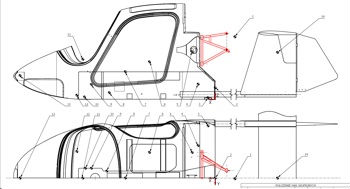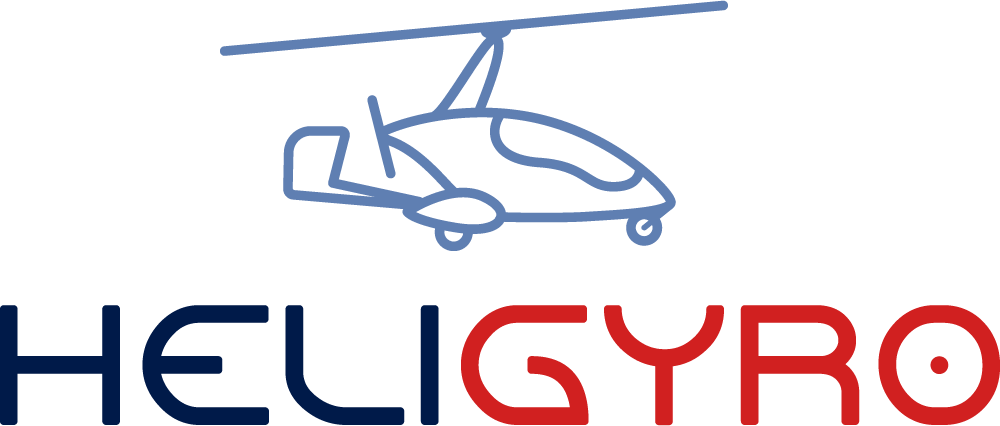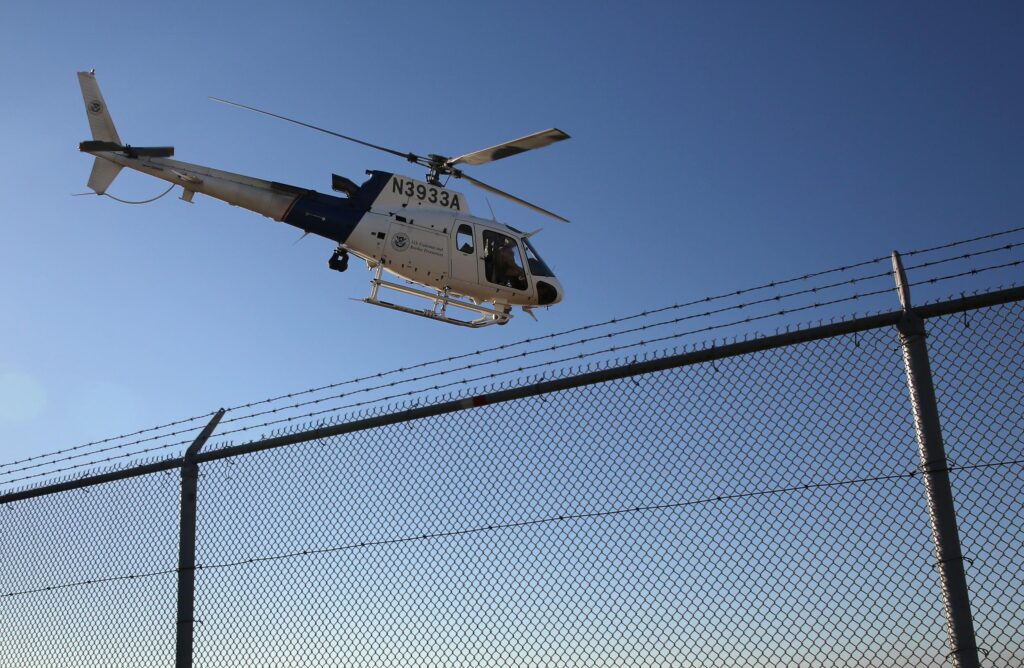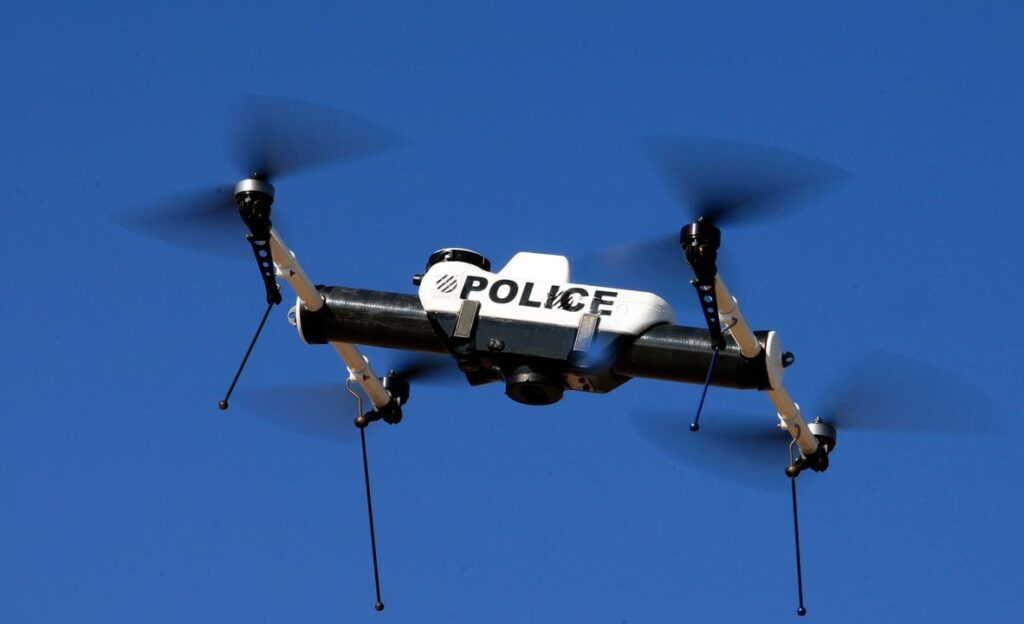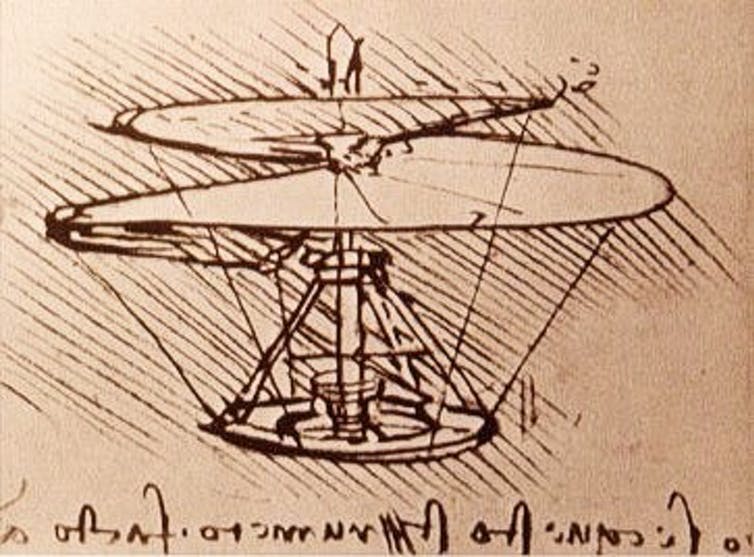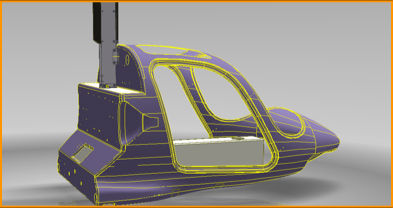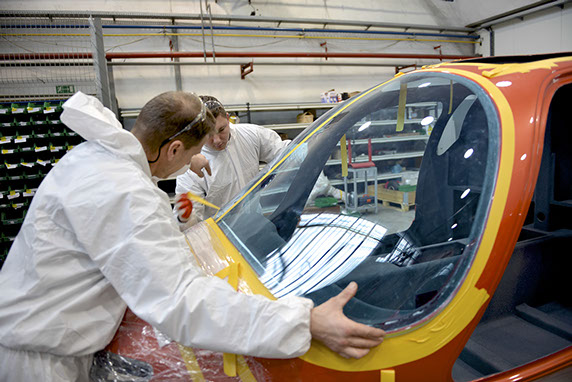Increase Your Coverage, Decrease Your Expenses
Why Gyrocopters?
Make an appointment
Add a Gyrocopter to Your Fleet
Call us
(972) 977-6401
How Can They Help You?
Future of the Aviation Industry
A gyrocopter looks like a small helicopter but the main difference is there is no engine turning the main rotor. The rotor simply self-propels (autorotate) due to the way the air flows through it. This, together with a very short landing roll, means that a gyrocopter is one of the safest machines for flying.
Modern gyrocopters offer superb performance, comfort and above all have a safety record second to none in aviation.

History: Surging Popularity
Advantages of a Gyrocopter Over a Helicopter
The new generation of professionally designed and constructed gyrocopters is inherently safer than fixed-wing and helicopter aircraft of similar size. Why? Because a gyrocopter can descend vertically under full control and land in just a few meters of space, without the complexity or cost of a helicopter. So, a Gyrocopter provides more options in case of emergency than a fixed-wing and is less likely to experience a technical failure than a helicopter.
Gyrocopters
- Easy to Pilot
- Easy to Maintain
- Low Operating and Maintenance Costs
- Less Expensive than a Helicopter
Helicopters
- Complex to Pilot
- Harder to Maintain
- High Operating and Maintenance Costs (10 times!)
- Rather Expensive

Art Meets Science
It is believed that Leonardo da Vinci’s sketches from the late fifteenth century were the predecessor to the modern day flying machine. Also known as the “Helical Air Screw” or simply the “airscrew”, the device was designed to compress air to obtain flight – similar to today’s helicopters.
A Gyroplane is a type of rotorcraft which uses an unpowered rotor in autorotation to develop lift, and an engine-powered propeller, similar to that of a fixed-wing aircraft, to provide thrust. While similar to a helicopter rotor in appearance, the rotor blades of a gyroplane are not powered. The rotor turns because of the passage of air through the rotor from below. A separate engine/propeller provides forward thrust. In the event of an engine failure, the gyroplane will descend, but the main rotor blades will continue to rotate and provide lift due to the continued airflow through them. Throughout flight, the gyroplane is therefore in a continuous state of autorotation and behaves similarly to a fixed wing aircraft, except that its wing rotates.
Safest Gyrocopter
Most Gyrocopters are built around a metal chassis, to which everything else is mounted, like cars were until recent years. The the modern day Gyrocopter is different. Using the latest carbon fiber technologies, the cabin is an engineering work of art. It is constructed around a light but immensely strong monocoque protective shell, like a formula one car. This shell provides both a crush-proof protective enclosure for the crew and allows all the other components to be directly mounted to it, without the weight of a chassis or additional structural frame. This provides a massive degree of safety for the crew in the event of any kind of accident because the cabin is capable of withstanding loads that are many times the acceleration of gravity.
